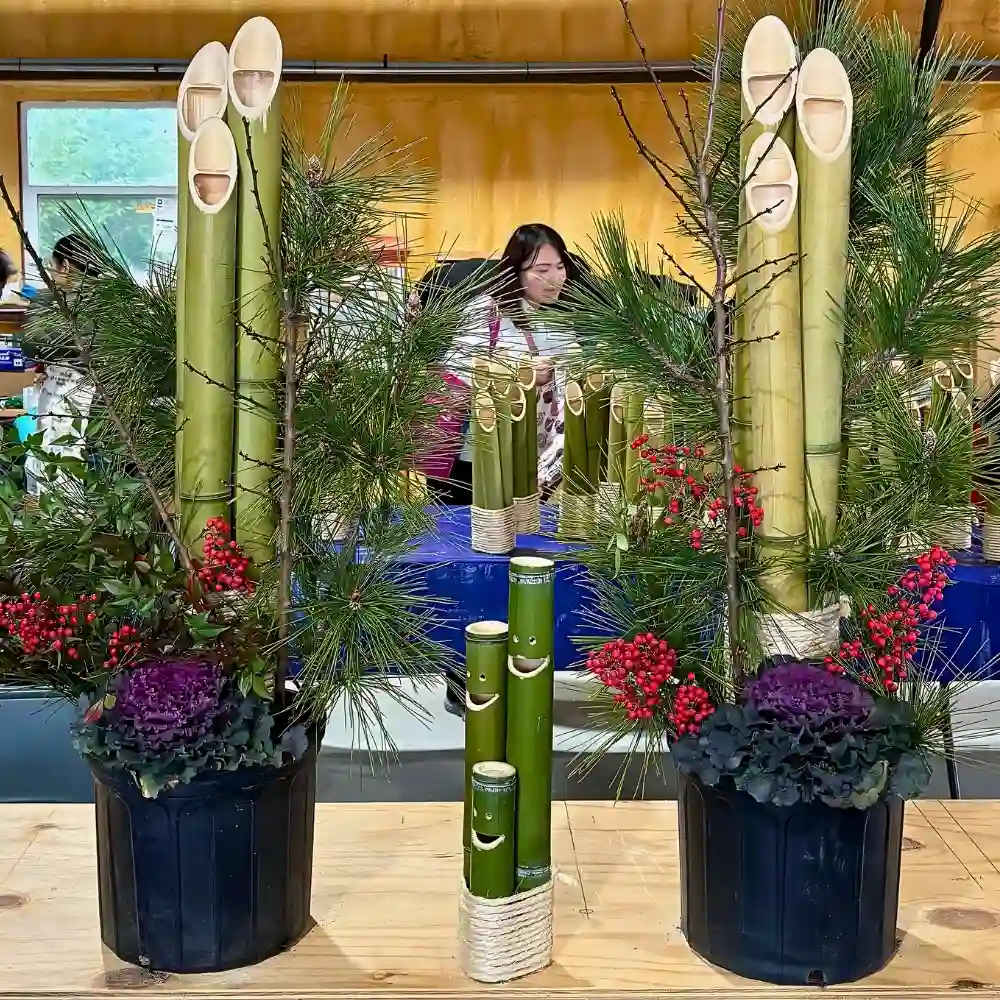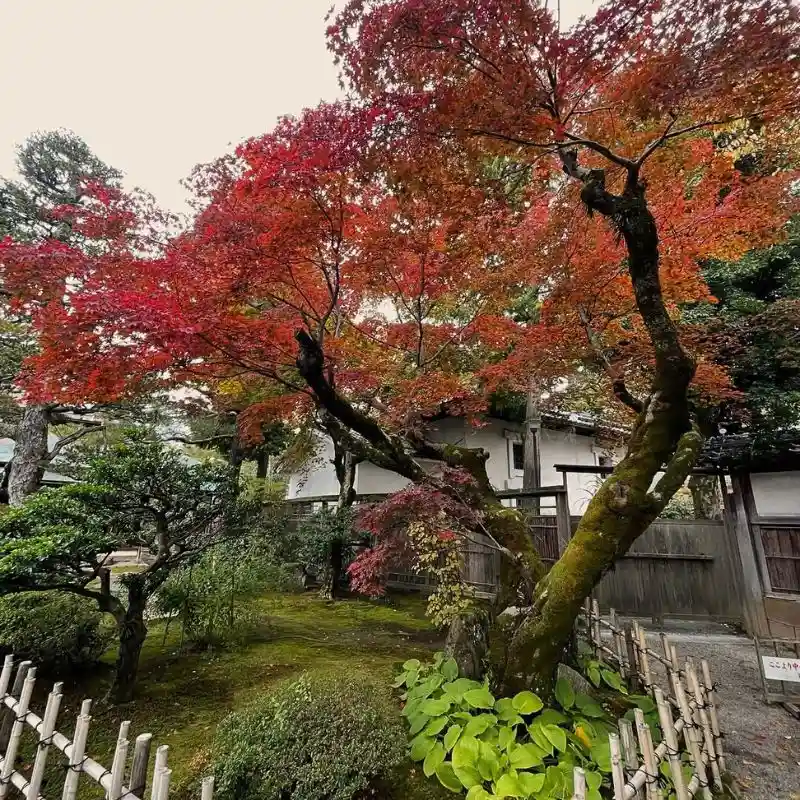Our modern world is a frenzied place. It is constantly pulsating with technology and urban craze. But a serene remedy rooted in ancient traditions promises to address just that. This is Shinrin-yoku, the art of forest bathing.
Possibly you may hardly have heard about this concept, but it is fast taking root across the globe. Shinrin-Yoku is deemed to be an effective remedy that is ideal for well-being as it holds numerous therapeutic benefits. But what is its origin? How widespread is it and what does it involve?
Tracing Shinrin-Yoku
To truly understand the quintessence of Shinrin-yoku, one has to go back to some decades ago when Japan witnessed the birth of this practice that was nurtured in response to the stress of modern life.
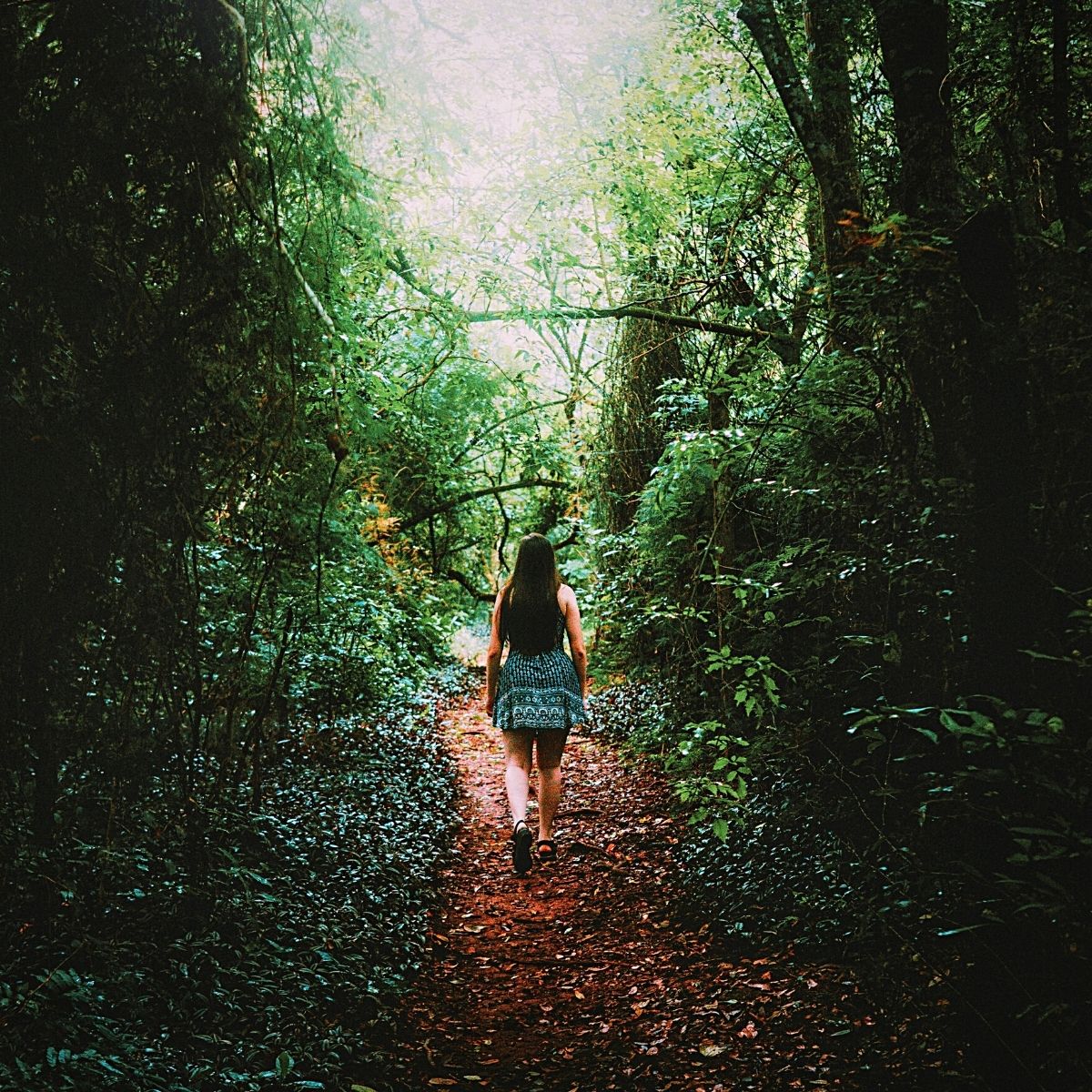
Shinrin-yoku, also known as 'Sami Lok' or 'forest bathing', is a form of nature therapy that originated in Japan around 1982. It was devised by Tomohide Akiyama, the Japanese minister of agriculture, forestry, and fisheries, to encourage the health benefits of spending time in forests.
Then in 1988 Prof. Yoshifumi Miyazaki the author of Shinrin-yoku – The Japanese way of forest bathing for health & relaxation, was employed by Japan’s Forestry and Forest Products Research Institute (FFPRI) where he started his research into ‘Why we feel relaxed when we encounter nature’.
The first forest bathing experiments were carried out on an island called Yakushima, where Prof. Miyazaki researched the effects of cedar on stress hormones in the human body. And that’s how the concept came into being.
It is based on ancient Shinto and Buddhist practices and means to let nature into your body through the five senses of seeing, hearing, touching, smelling, and tasting. Its creation was in response to a public health crisis in which high levels of stress at work led to a worrying spike in rates of auto-immune diseases.
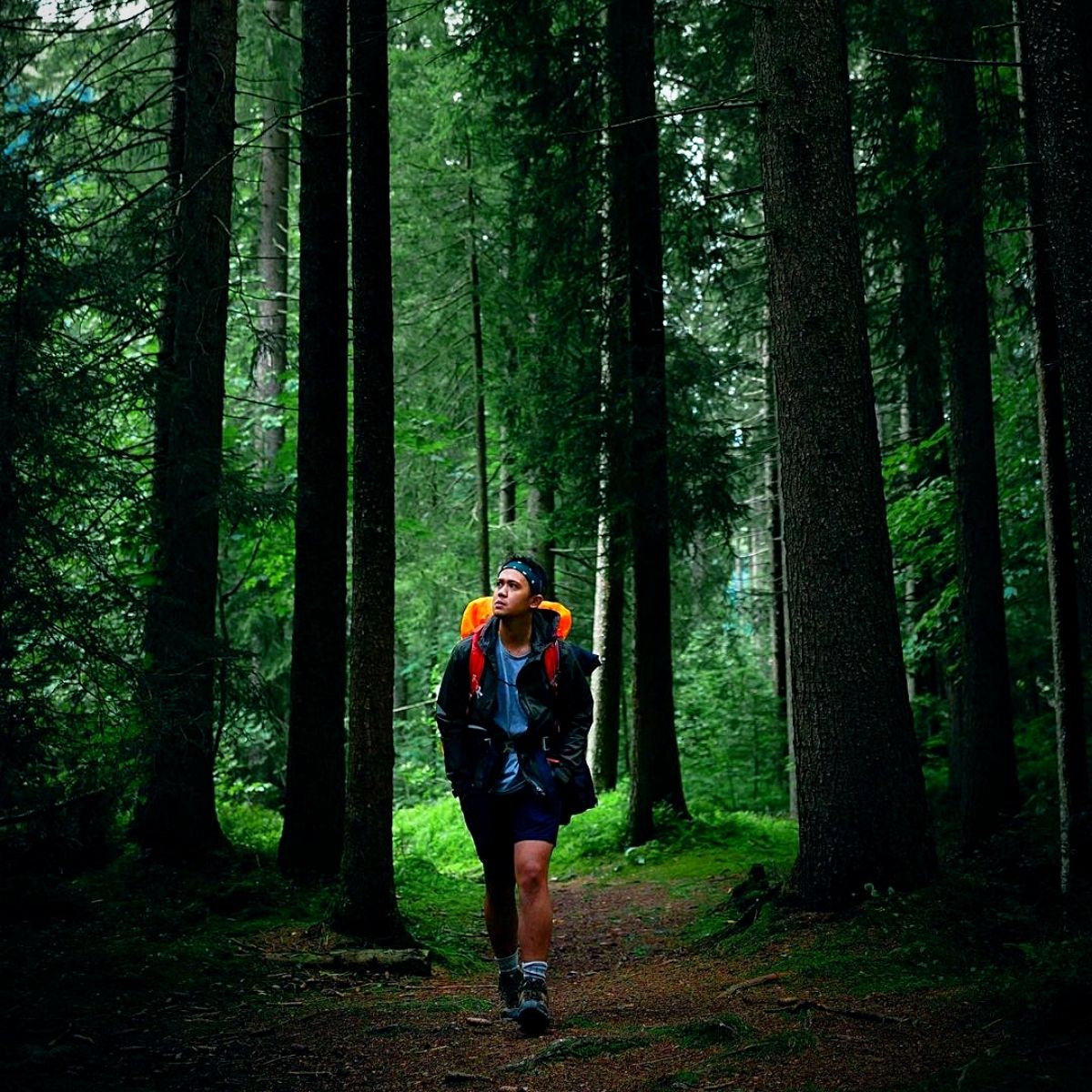
The initiative was also an economic project to revitalize the economy of rural areas which were suffering from the then mass migration to the cities.
In its essence, Shinrin-yoku nurtures the intimate connection between humans and the natural world encouraging people to partake in the ancient art of submersing oneself in the forest's healing hold.
The Practice of Shinrin-Yoku
Shinrin-yoku is not a mere escapade into the woods; it is a soulful waltz with nature's elements and receiving well-being and restoration in return. It is a concept that bids people to engage their senses with the wealth of health benefits that forests hold.
Picture this; as you wander through the forests, opening your eyes and soul and yielding to the jungles’ calming hues and textures, then the sights and sounds of birds chirping, your ears serenaded by the rustling of leaves and babbling brooks and rivulets, your hands stroking tree barks, foliage and undergrowth, as you inhale the earthy perfume, the aroma of flowers, and even dare to taste the crisp forest air. Not many things beat this feeling. Yet this is just what Shinrin-yoku is all about.
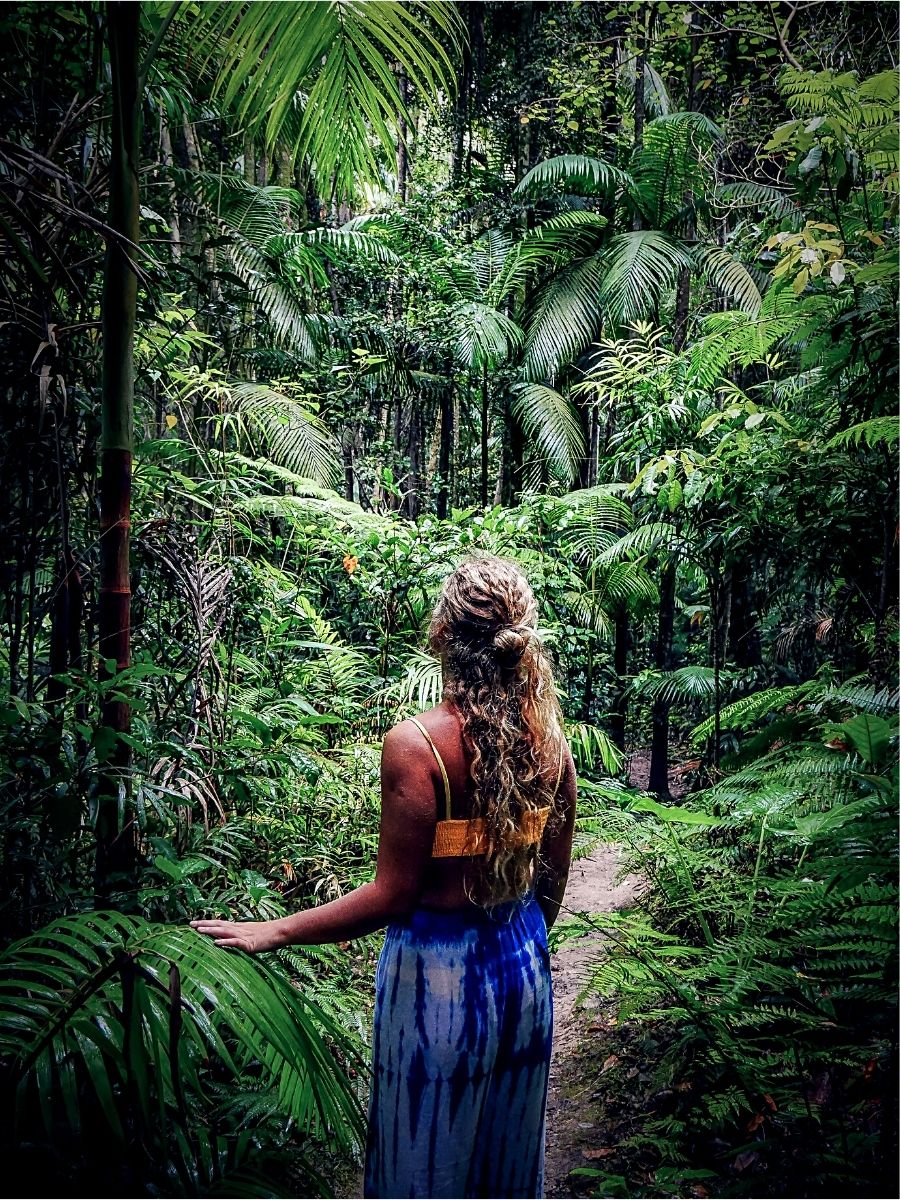
It is an art that summons people to slow down, to let go of the relentless pace of life, and to revel in the peace of the moment. This, in turn, encourages being mindful observers of the world and fosters a deep bond between people and the natural world within which they exist.
What Are the Health Benefits of Shinrin-Yoku?
Away from its ostensible appeal, Shinrin-yoku has been validated by science as a veritable elixir for the human body and soul. The forest generously affords us its healing touch, most notably through the gift of phytoncides, which are organic compounds emitted by trees.
These phytoncides, with their antimicrobial properties, bolster our immune system and soothe our stress-addled nerves. Just the simple act of meandering among the trees has a remarkable capability to lower cortisol levels, reduce blood pressure, and ease anxiety.
Still, yet, the benefits of Shinrin-yoku extend beyond its physiological touch as within the depths of the forests, our minds unfurl and open up letting our emotional chaos dissipate quite like the evaporation and disappearance of morning mist.

This helps in finding some much-needed respite from the everyday digital din. It, in turn, allows for clarity to emerge and creativity to flourish. The practice of this ancient art, basically, affords its practitioners the gift of tranquility, which is a rare commodity in the current turbulence of modern life.
Shinrin-Yoku and the Essence of Nature's Healing Touch
The crux of Shinrin-yoku's potency lies in its steadfast connection to nature in all its elements. When one aligns themselves with the forest's pulse, they tap into some kind of a wellspring that is full of healing energy that has nurtured life for ages.
In this art, the trees, earth, and air are like the conduits of restoration. They protect people within the restraints of their primordial cuddle. Shinrin-yoku, in its essence, is an acknowledgment of people’s origins and their intertwinement with nature.
The practice, therefore, reinforces the ancient understanding that people are not separate from nature and that they have a place in the grand scheme of existence.

The Worldwide Spread of Shinrin-Yoku
From its humble inception, Shinrin-yoku has grown into a global phenomenon that goes beyond geographical boundaries. Europe, for instance, may have its own different rich cultures but has still embraced forest bathing as an essential aspect of well-being. Countries like Finland and Germany have integrated forest therapy into their healthcare frameworks, recognizing its powerful impact on health and vitality.
The trend has also journeyed across the Atlantic, as North America is increasingly embracing it, especially through guided forest therapy sessions and nature retreats that dot the landscape. These offer urban dwellers a pathway back to nature and its restorative arms. South Korea too has embraced this art and grounds it in preventive healthcare practices.
So How Does One Go About Forest Bathing?
To engage in forest bathing and attain the full benefits of the art, here are some steps to help you:

Choose the right spot by finding a forested or woodland area that appeals to you. This could be a local park, nature reserve, or any natural space with trees and vegetation. Dress appropriately by wearing comfortable clothing and shoes that are suitable for walking in nature. Also, consider weather conditions and dress accordingly. Disconnect yourself from technology. Ensure that you do not carry your mobile phone. This minimizes distractions and helps to fully immerse oneself in the forest environment.
As you enter the forest, slow down and observe; slow your pace and take in the surroundings. Engage your senses by paying attention to the sights, sounds, smells, and even the feeling of the forest air against your skin. You can dip your fingers or toes in a brook as well.
You can practice mindfulness as well by being in the present moment because this is what forest bathing is all about. Focus on your breathing and the sensations you experience as you walk. Be aware of your thoughts and emotions without judgment, allowing yourself to fully connect with nature.

Find a spot that appeals to you and spend some time there. Sit, lie down, or lean against a tree. Engage in activities that deepen your connection with nature, such as observing the movement of leaves, listening to bird songs, or feeling the texture of tree bark. Instead of rushing through the forest, take slow and deliberate steps. Allow yourself to be fully present and attentive to your surroundings.
Practice deep breathing, taking slow breaths, and inhaling the fresh forest air. Also, pay attention to the sensation of breathing and allow it to calm your mind and body.
Forest bathing is not about adhering to a strict time frame so you can stay in the woods for as long as you feel comfortable and enjoy the benefits of being in nature.
Also, remember that forest bathing is not an exercise or a hike; it is a practice of mindfulness and connection with nature. The goal is to relax, rejuvenate, and experience the healing effects of the forest environment.
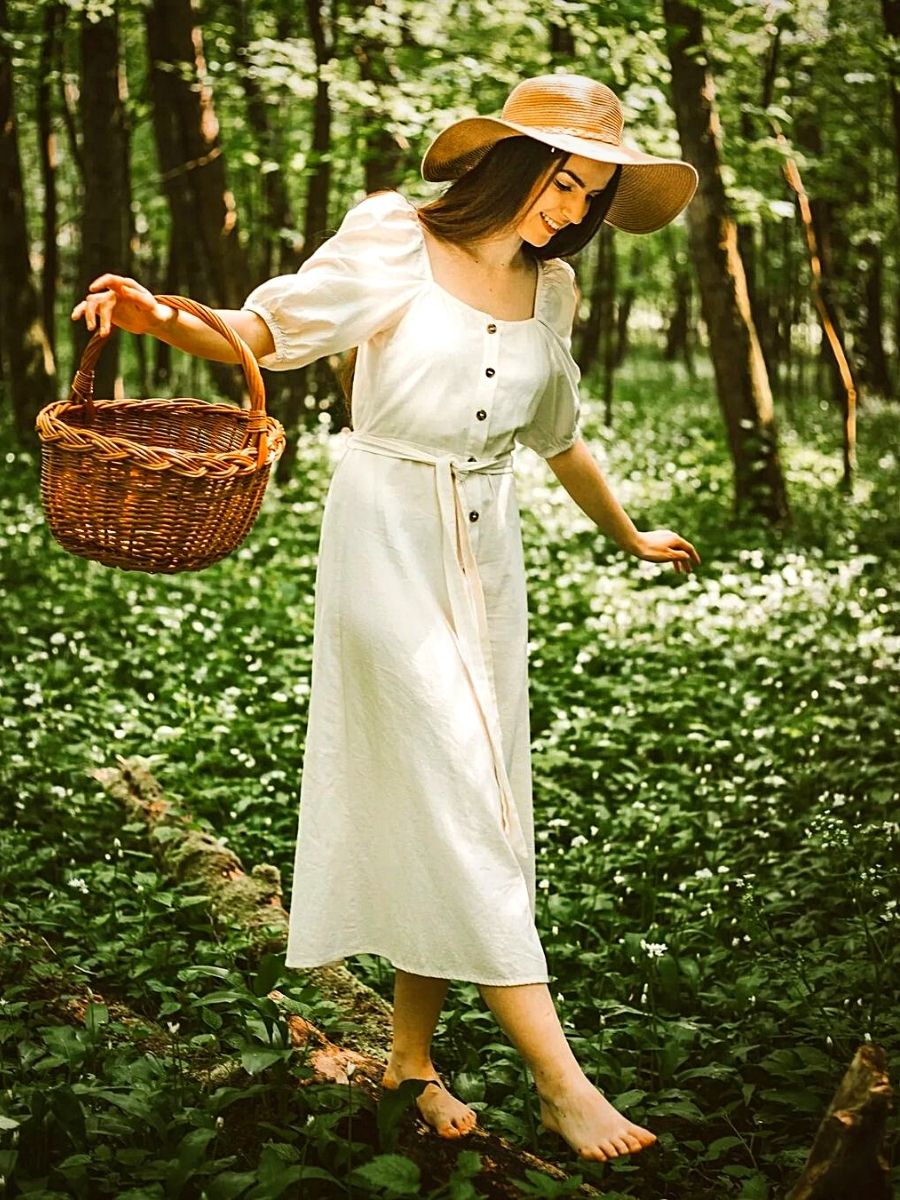
How about you now get the right attire and plan a Shinrin-yoku in your nearest park, forest, or nature garden?
Feature image by Alasdair Braxton on Pexels, header image by zhang kaiyv on Unsplash



